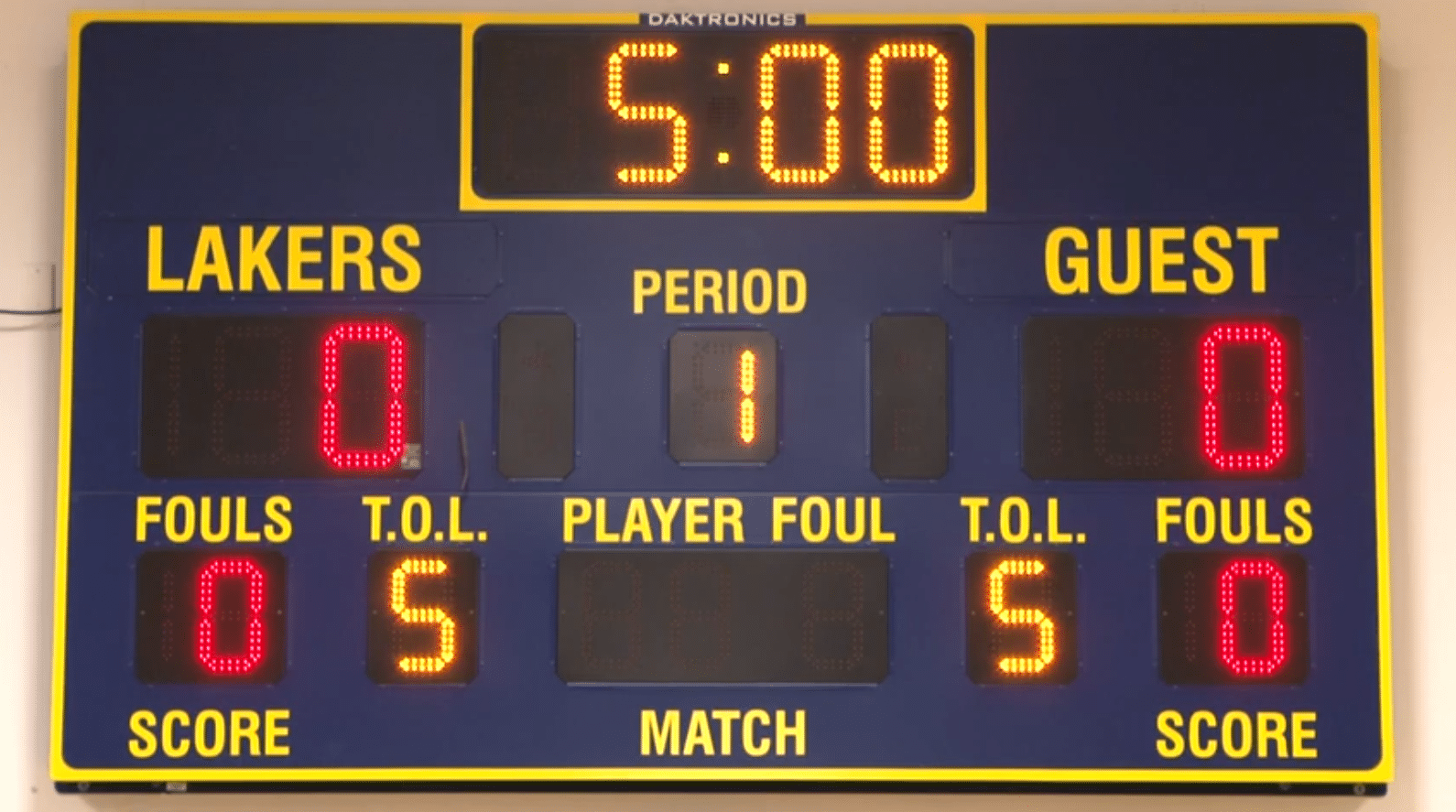There’s nothing quite like seeing a 6-foot-tall teenager in a full-body frog onesie dive headlong off the diving board to the cheers of a hundred kids and parents.
That was the grand finale of my son’s swim team meet on Saturday, as the kids honored Noah—the team captain and most decorated swimmer—who has been on the summer team for 10 years and is now heading off to college.
Besides being an outstanding swimmer, all the kids love his energy and encouragement. He’s the first to cheer for a nervous 6-year-old who just made it across the pool for the first time, and the last one out of the water when the relays are done.
Watching him celebrate with his teammates got me thinking about the relationship between high scorers and team captains, and why those roles aren’t always held by the same person.
High Scorers vs. Team Captains: What's the Difference?
In the workplace, just like in sports, it’s easy to recognize the high scorer:
They close the deal, beat the metric, fix the problem, or finish the sprint before anyone else.
High-scorers are essential.
But that doesn’t mean they’re leading the team.
Leadership is something different. It’s not just about personal performance — it’s about empowering others, shaping culture, and being the person people look to when the pressure's on. It's about executive presence and leadership communication, not just output.
Here are six key differences between high scorers and true captains — and how they shape your leadership brand now, and your readiness for the next level:
1. Leadership Is Not Just About Performance
High scorers execute brilliantly, but captains elevate the whole team.
You can be a top performer without leading — but true leaders empower others to perform, too.
2. Influence Outlasts Achievements
Scorers may win games or even seasons, but captains build legacies.
A high scorer’s value is only as good as their last shot.
A captain’s impact is often invisible in the stats, but their influence shapes culture, mindset, and outcomes on the field and off.
3. Communication Is the Captain’s Superpower
High scorers often rely on their results to do the talking.
Captains speak with purpose and presence. They lead through strategic communication—listening, aligning, and motivating with intention.
4. Being the Captain Requires Emotional Intelligence
Great captains read the room, manage egos, and resolve conflict—not through authority, but trust.
They give feedback that sticks and coach others into confidence.
High scorers can get caught up in “looking out for number one.”
5. Results vs. Relationships
High scorers are often focused on their own goals.
Captains are focused on everyone’s individual and collective success. They realize that sustainable success is built through relationships, not just metrics.
6. What’s More Valuable to the Organization?
A high scorer can be replaced. (And sometimes must be, if a toxic ego drives out enough other people.)
In executive leadership, a true captain is irreplaceable.
Your ability to communicate vision, align teams, and lead with emotional intelligence is what drives long-term growth.
NBA Case Study: Real-Life Leadership in Action
This dynamic plays out clearly in the NBA. Consider these three modern players who each represent a different point on the leadership spectrum:
-
The High Scorer: Kyrie Irving
Kyrie’s skills are unquestioned. He hit the game-winning shot in the 2016 Finals and can drop 40 points on a random Tuesday.
But leadership is about more than performance. Kyrie’s past stints with the Celtics and Nets were often marked by internal conflict, and even now with the Dallas Mavericks, Luka Dončić (who isn't as strong of a player) is still viewed as the team captain.
Kyrie scores points. But Luka leads the team.
-
The Team Captain: Draymond Green
Draymond has never led the Golden State Warriors in scoring — and probably never will.
But he’s the emotional and strategic engine of the team. He calls out plays, sets the tone, holds teammates accountable, and protects the culture.
Steph Curry may be the icon on that team, but Draymond is the enforcer, the voice, the captain.
-
The Gold Standard: LeBron James
Then there’s LeBron — the rare example of someone who is both the all-time leading scorer and the undisputed team leader.
Across his career with Cleveland, Miami, and the Lakers, LeBron sets the culture, leads the locker room, and communicates with purpose.
Former teammate Shane Battier, known for his own high basketball IQ, once said:
“LeBron is the best communicator I’ve ever played with.”
Let that sink in. He’s not just the most productive player in NBA history — he’s revered for being the clearest communicator.
That’s what makes him the gold standard.
From “A” to “A+”: Your Leadership Brand
Whether your current leadership brand more closely reflects Kyrie (a top performer with room to grow in influence) or Draymond (the vocal, culture-shaping team captain), if you want to reach the top and succeed once you’re there, you need to evolve toward LeBron.
That means going from “A” to “A+”, and not just in what you do, but in how you show up.
At the executive level, it’s not just about what you achieve. It’s about how you inspire others to do the same.
It’s about executive presence, clear leadership communication, and showing up like a leader before anyone hands you the title.
These are the kinds of challenges I help clients navigate every day in executive communication coaching sessions—helping them thrive in their current roles and prepare for what’s next – and in my Quantum Leap program for execs looking for the next exciting career move.
In either context, we build a powerful, intentional leadership brand so you're ready to lead like LeBron from Day One.
If you're ready to get a clear vision of what LeBron-level performance could look like in your world—and how to build the executive presence to match:
Tell me about your vision here, so we can see if a discovery call is the next step for you.
Let’s get you ready to take your next leadership shot—together.



